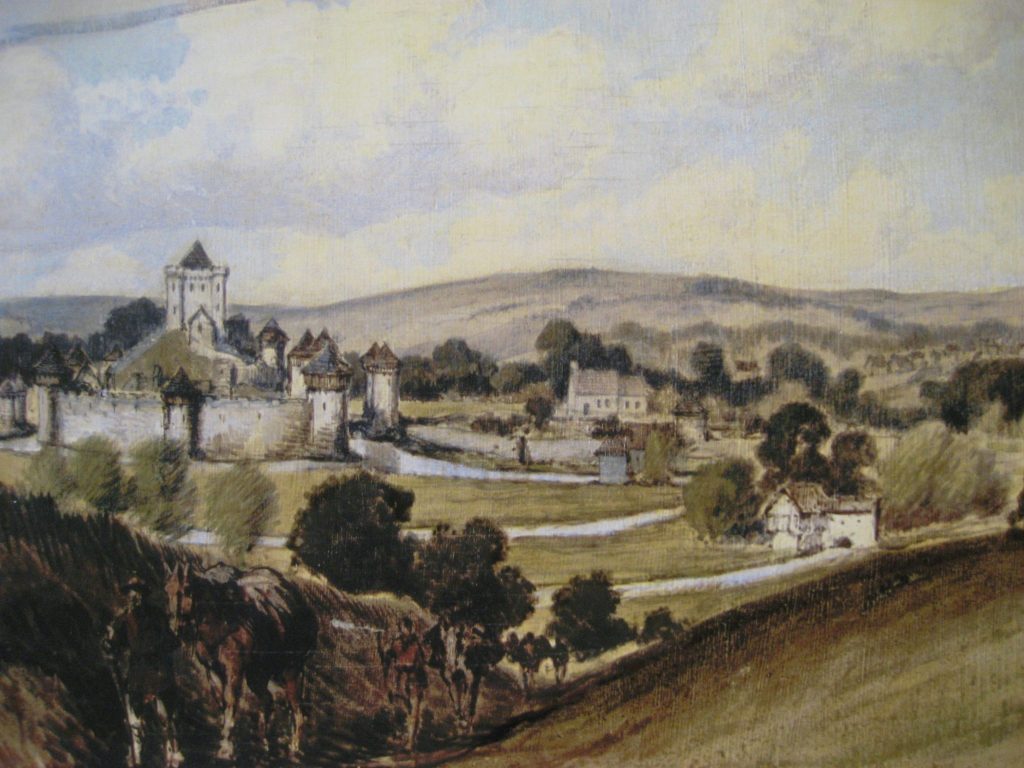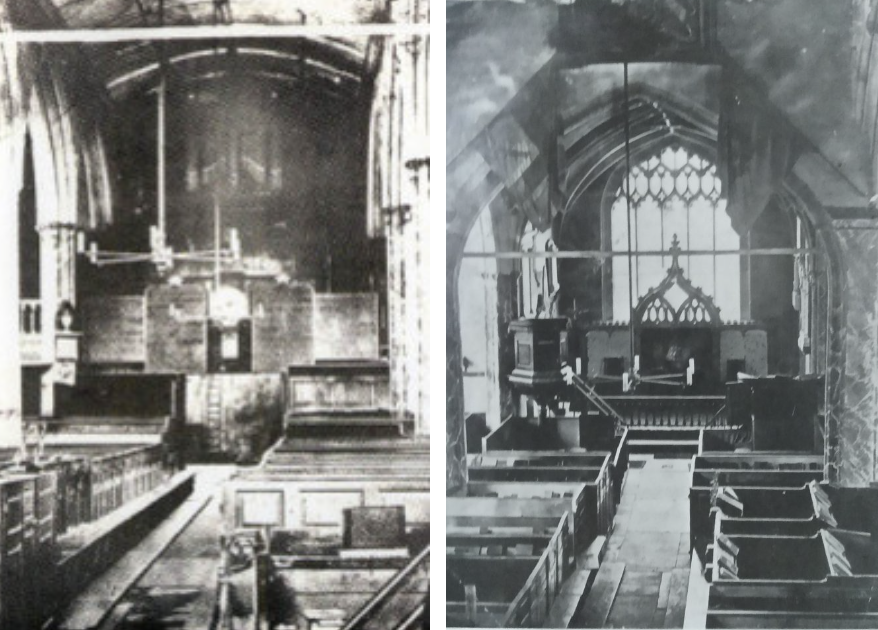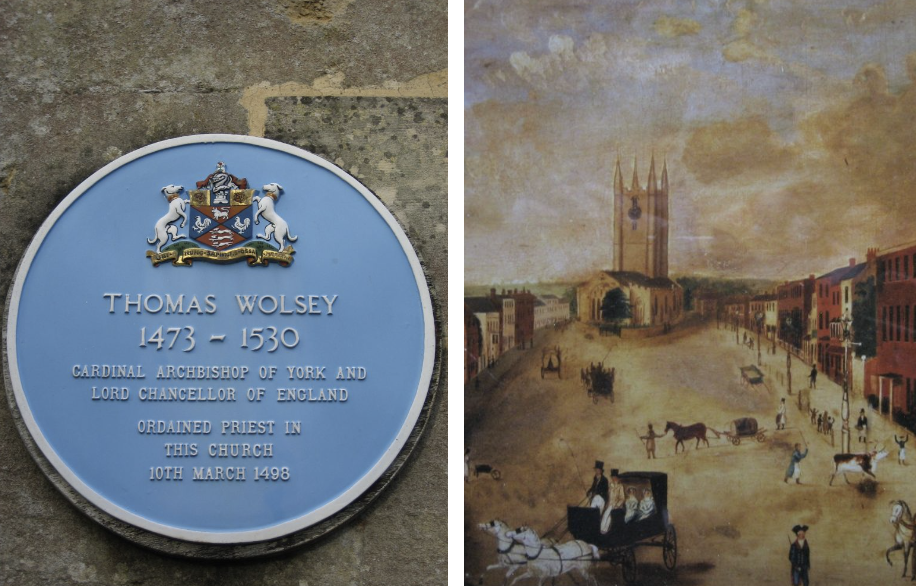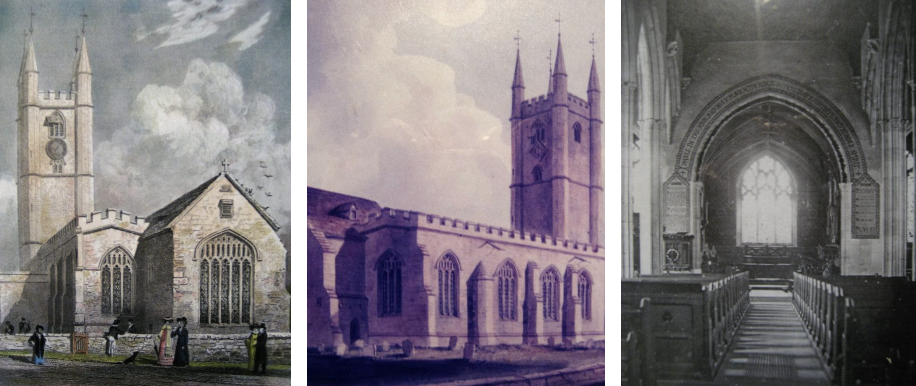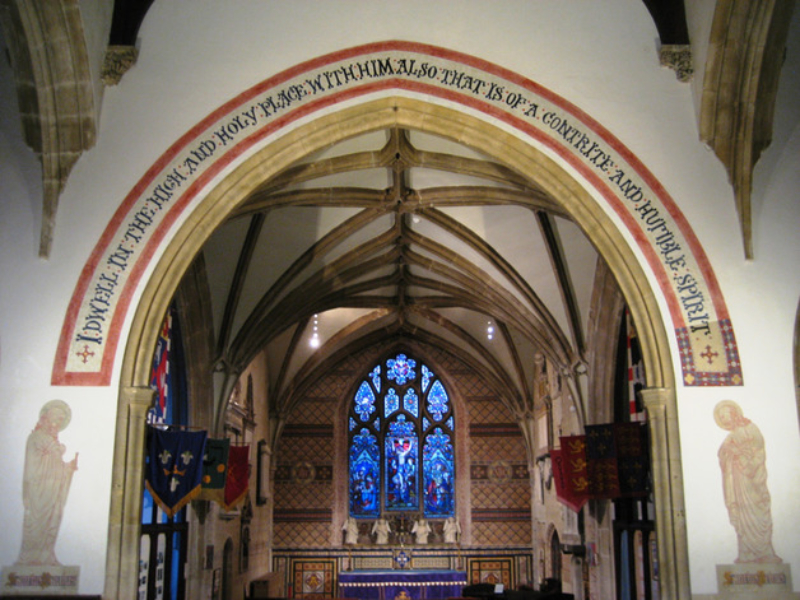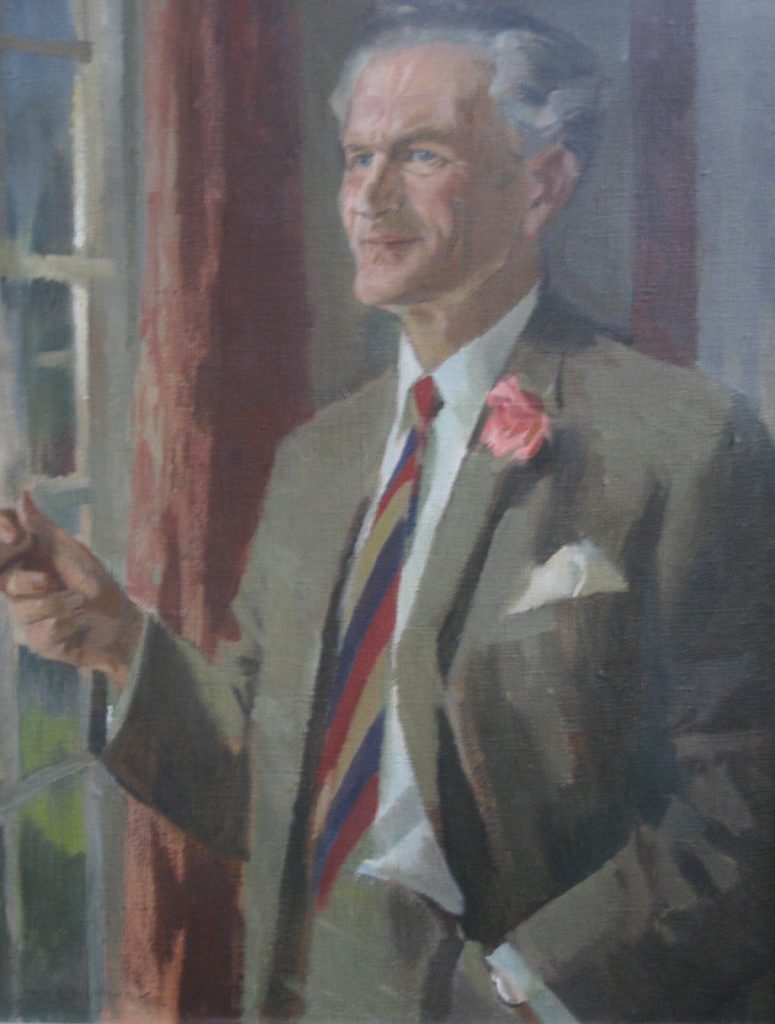A history of
St Peter's
The Medieval Church
The first church on the present site was completed by 1100, most probably to serve the needs of the community living outside the nearby Norman castle. The castle contained two chapels for the occupants of the castle, but there will have been many from the former Saxon settlement around the Common and the Green half a mile to the east who will have migrated further west to provide the service that the castle community required.
The first known Rector was “Thomas the Chaplain” who is recorded as being in office in 1201, and a complete list of Rectors exists from 1297 onwards. The castle grew to prominence in the thirteenth century and doubtless St Peter’s also, but after the death of Henry III the castle was less regularly used, and by the end of the fourteenth century it had begun to fall into ruin.
There is evidence that some of the castle’s stone was plundered for St Peter’s church. One hundred years later the church had outgrown its congregation, and there was need for a new building.
The Early Modern Church
No precise dating exists for the construction of the church building we know today, but it would seem to have been begun around 1460. The basic structure was as it is now, although the south porch, priest’s room and south chancel door were added around 1500.
The stone vaulting of the chancel is unusual in a small parish church, and it was here that Thomas Wolsey, later Cardinal, Archbishop of York and Chancellor of the Kingdom, was ordained priest in 1498. At that time there were three chantries or side-altars – for the Jesus Fraternity, the Blessed Trinity, and St Katherine.
There was also a chapel to “Our Lady of Pity.” A medieval rood loft across the aisles and chancel reached through a doorway in the north aisle, the base of which can still be seen at the back of the Coffee Shop servery. This rood will undoubtedly have been demolished during the Reformation of the sixteenth century.
In 1627 a gallery was constructed at the west end of the church, and an organ was installed in 1776.
The Victorian Church
By 1859 the church was falling into disrepair, and the Rector, the Reverend Dowling, employed the diocesan architect, Thomas Wyatt, to produce plans for the restoration of St Peter’s. As a result the nave roof was replaced and the aisle roofs slightly lowered, arches with external buttresses were introduced across both aisles to strengthen the chancel arch, and the organ gallery was removed.
A new west window featuring St Peter flanked by the four Evangelists was installed; and a smaller east window replaced to strengthen the walls supporting the stone vaulting of the chancel roof.
Victorian decoration was added, including painted walls in the sanctuary and the chancel, and bosses showing the instruments of the Passion and consecration crosses were inserted into a multi-coloured frieze. The chancel and sanctuary floors were paved with Minton tiles; the east wall was also decorated with tiles. Much of this decoration was painted over in the middle of the twentieth century.
The Church Today
In 1924 St Peter’s was joined with St Mary’s in one benefice, but by the early 1970s it was clear that the parish could not support two congregations in the town, St Peter’s size and state of repair, favoured the choice of St Mary’s. The Mayor of Marlborough, Alderman Jake Seamer, led the way in finding alternative use for St Peter’s, and four years later a charitable Trust was formed to preserve the building and to ensure its continued use for the benefit of the local community.
Considerable voluntary effort, fund-raising and repairs followed over the next 30 years to ensure that the building was properly restored. With the help of English Heritage and Lottery funding, the former church now provides the community with a centre available for concerts, lectures, and meetings, whilst showcasing the historic building in all its restored glory to visitors from near and far.
Both the Chancel and the Lady Chapel* are preserved very much as they would have been when the building was a functioning church, with the latter reserved for private prayer and reflection. A Festal Evensong is held every year on the Sunday nearest to St Peter’s day (June 29th), to which all are welcome.
*still principally the Lady Chapel, although as from 1920 also serves as the War Memorial Chapel
